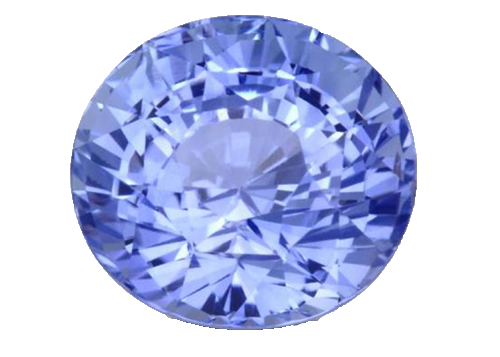Miners soon learned the richest deposits were composed of blue and yellow clays called ‘illam’ which lay just below the surface of lush valley farmlands. During their tortuous journey downstream, most gem crystals were worn to rounded pebbles, but harder than host minerals, they managed to retain much of their size.
Every available square meter of stream bed was mined until all known gem areas were exhausted. The miners discovered that the rivers they were working were in reality “surface streams” and that by digging downward from 7 to 30 meters, “ancient streams” could be encountered. Unfortunately most of the ancient streams lay beneath cultivated fields. Prospecting and mining operations caused great destruction to crops and created considerable animosity between farmer and miner.













